CJC-1295 – Tetrasubstituted GHRH Analog with Drug Affinity Complex (DAC)
Chemical Identity
Chemical Name: CJC-1295 with DAC (Growth Hormone-Releasing Hormone [GHRH] Analog)
Molecular Formula: C₁₆₅H₂₇₁N₄₇O₄₆
Molecular Weight: ~3647.7 Da
CAS Number: 863288-34-0
Sequence (Modified): Tyr-D-Ala-Asp-Ala-Ile-Phe-Thr-Asn-Ser-Tyr-Arg-Lys-Val-Leu-Ala-Gln-Leu-Ser-Ala-Arg-Lys-Leu-Leu-Gln-Asp-Ile-Met-Ser-Arg-Gln-Gln-Gly-Glu-Ser
Structure Type: 30-amino acid peptide analog of GHRH (1–29) with tetrasubstitutions and DAC lysine linker for albumin binding
Pharmacological Classification
CJC-1295 is a long-acting **growth hormone-releasing hormone (GHRH) analog**, engineered to stimulate endogenous growth hormone secretion by binding the **GHRH receptor (GHRHR)** in the anterior pituitary. The DAC (Drug Affinity Complex) component forms a covalent bond with albumin, prolonging the peptide's plasma half-life from minutes to over 7 days.
Mechanism of Action
- GHRHR Activation: Stimulates cyclic AMP (cAMP) production in pituitary somatotrophs, triggering pulsatile GH release.
- Signal Amplification: Enhances physiological GH pulses rather than replacing GH directly, maintaining axis feedback sensitivity.
- DAC Linkage: Covalent binding to albumin via a maleimidopropionyl lysine residue extends plasma exposure by reducing renal clearance and proteolysis.
β-Arrestin Recruitment
CJC-1295 exhibits **low β-arrestin recruitment** at the GHRH receptor compared to natural GHRH. This contributes to reduced receptor desensitization and prolonged signal duration, consistent with a biased agonist profile favoring Gs-mediated cAMP signaling.
GHRH Receptor Signaling Profile
| Ligand | GHRH Receptor Binding | cAMP Activation | β-Arrestin Recruitment |
|---|---|---|---|
| GHRH (1–44) | Yes | High | Moderate |
| CJC-1295 | Yes | High | Low |
Pharmacokinetics (Non-Dosing)
- Half-Life: ~5–8 days with DAC modification
- Bioavailability: High after subcutaneous administration (DAC promotes sustained release)
- Metabolism: Cleared via renal and hepatic proteolytic degradation after albumin dissociation
Biological Effects
Induces pulsatile secretion of GH, leading to downstream increases in IGF-1. Supports lean mass accretion, recovery, and tissue remodeling. Unlike GH injections, it preserves hypothalamic-pituitary feedback and mimics endogenous GH pulsatility.
Stability and Storage
- Form: Lyophilized acetate salt
- Solubility: Water, saline, acetic acid, or pH-adjusted buffers (4.5–6.0)
- Storage: –20°C; protect from light and moisture
- Reconstitution: Use sterile diluent; avoid repeated freeze-thaw cycles
References
- Teichman SL, et al. J Clin Endocrinol Metab. 2006;91(11):4734–4743.
- Alba-Roth J, et al. J Clin Endocrinol Metab. 1988;66(1):140–145.
- Sun Y, et al. J Mol Endocrinol. 2007;38(3):357–372.
- CJC-1295 Patent (ConjuChem Biotechnologies Inc.), WO2003043581A1.
